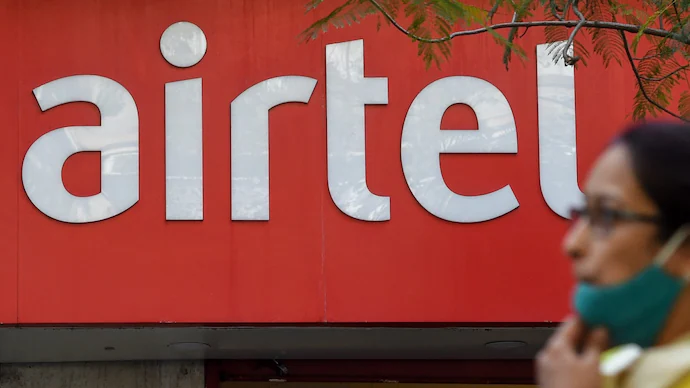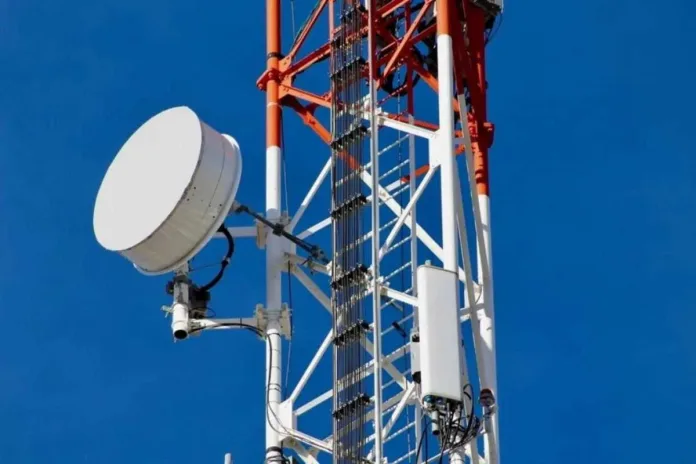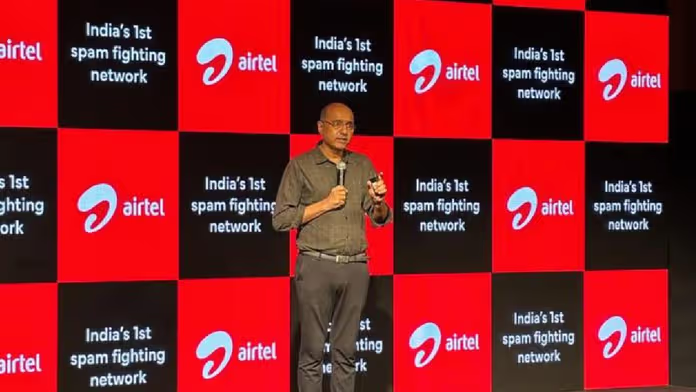Airtel
Airtel’s New ₹189 Recharge Plan: Perfect for Light Users and Secondary...
Bharti Airtel quietly launched a new ₹189 prepaid plan targeting casual users who need basic connectivity without breaking the bank. This affordable option joins...
Indian Telecom Tariff Hike: 10-12% Increase Expected by 2025
Indian telecom giants Jio, Airtel, and Vi are preparing for another round of tariff hikes, with industry insiders suggesting a 10-12% increase by year-end...
Airtel Launches Advanced Fraud Detection Solution in India
Airtel has launched a new fraud detection solution in India to enhance security and protect customers. Discover how this technology works and its benefits.
Airtel...
Airtel, Blinkit Offer 10-Min SIM Delivery for ₹49 in 16 Cities
Bharti Airtel has teamed up with Blinkit to launch a fast doorstep delivery service for its SIM cards across 16 cities in India. With...
Airtel Launches IPTV Services in 2,000 Cities: Plans, Pricing, and Availability
Bharti Airtel has rolled out its IPTV services in 2,000 cities across India, claiming to offer the best large-screen viewing experience. For existing Airtel...
Airtel, Vi Launch New 5G Data Packs With JioHotstar Mobile Access
Earlier this month, Reliance Jio introduced a prepaid plan that included a complimentary JioHotstar subscription. Now Airtel and Vodafone Idea have joined the party...









